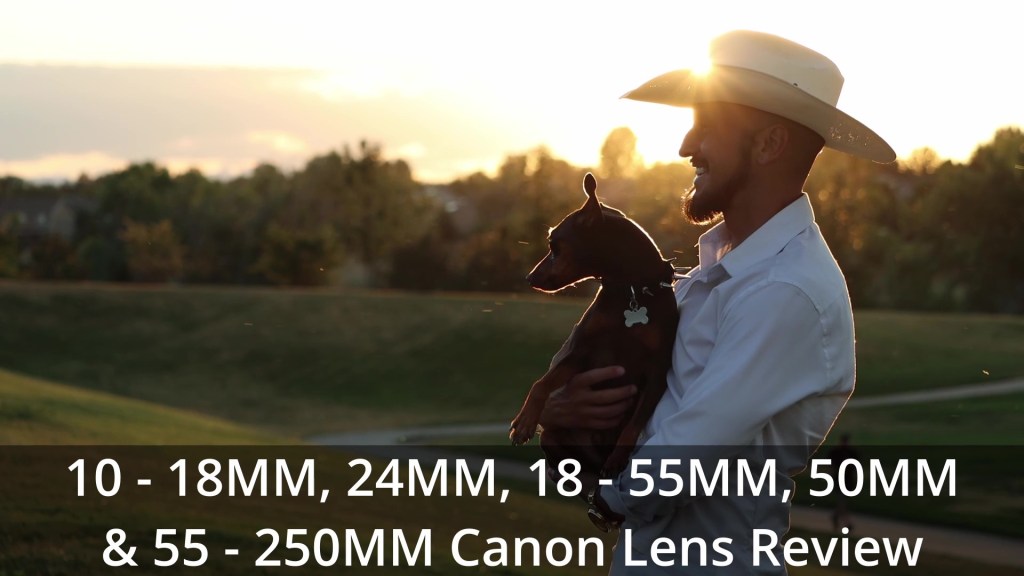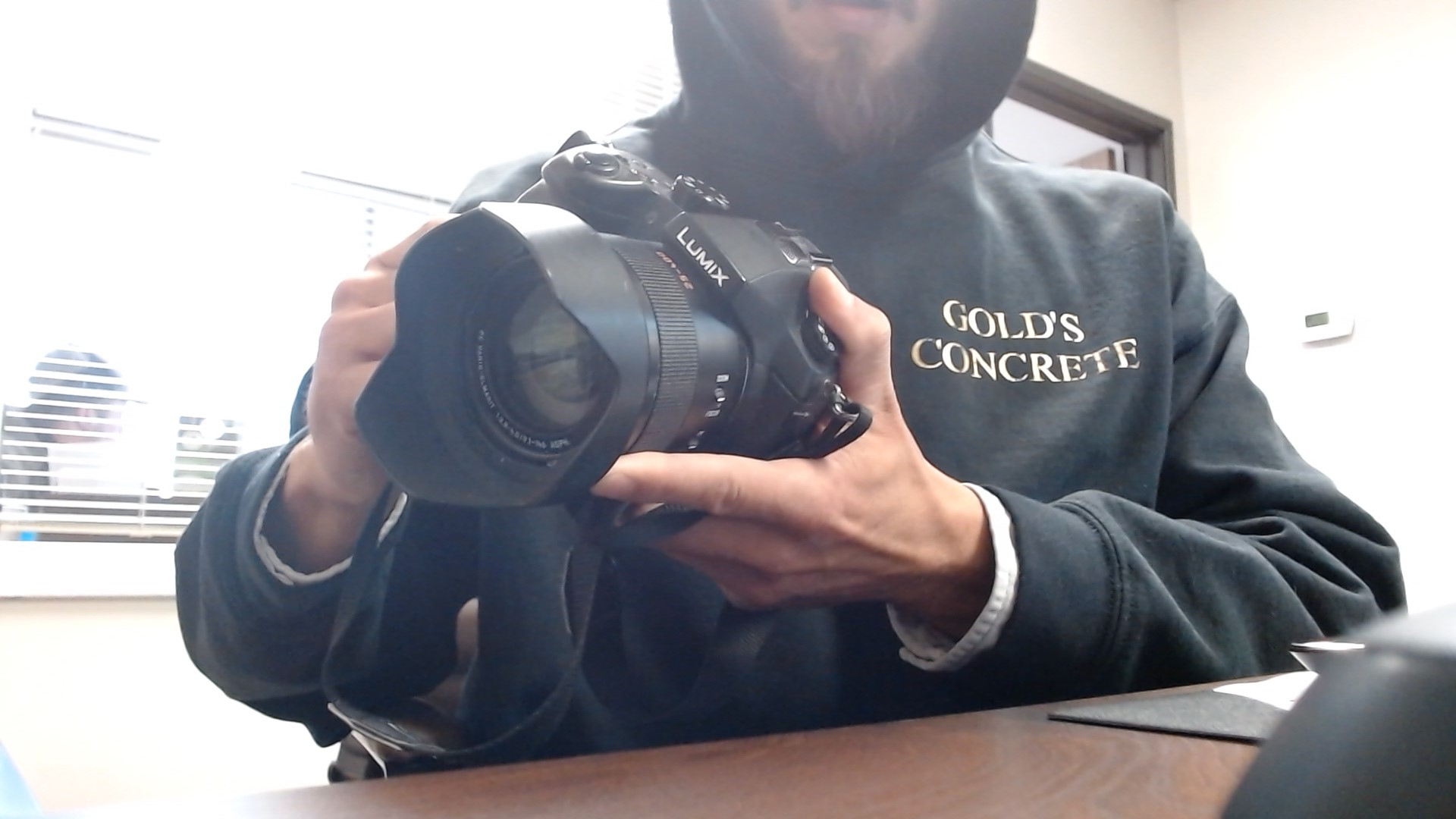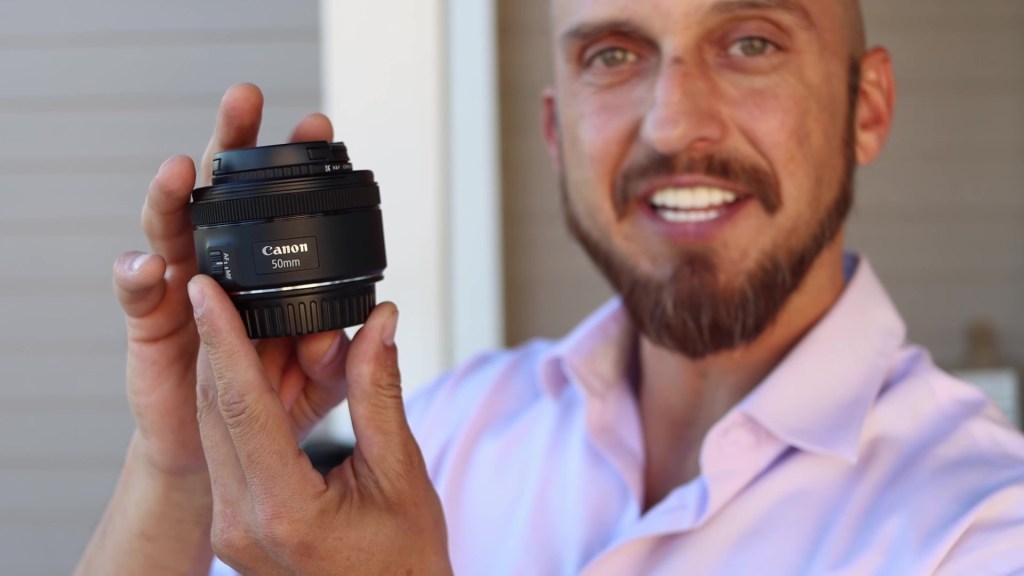Transitioning from Sony to Canon: Life lessons from a Camera Upgrade
- Desertsage Seals
- Jun 30, 2024
- 7 min read

I recently upgraded camera systems and changed from Sony to Canon for a few different reasons. My old Sony Lumix was just no longer performing the way it’s expected to, and the cost of repairing or refurbishing it would have exceeded the value of the camera itself. So I had to make the decision to move on from that camera and while I was at it, I decided to switch to a longer standing and more reputable brand altogether. My father was a photographer and owned the same Canon camera system for as long as I could remember, and that’s good enough for me.
Note: There are affiliate links on this page. They’ll take you to Amazon. If you buy a product, you will pay nothing extra. But Gold’s Concrete will make a small commission. Thank you.
Letting Go of the Old
The upgrade was expensive for me and the learning curve was difficult. I used to pull out my old Lumix camera, adjust the exposure and have it rolling and stable within seconds. Establishing wide angle shots, surroundings, close-ups, narrative, moving shots and B-roll were all captured on site within an hour or so. With a brand new to me camera system, I was suddenly spending more like a half day to a full day filming, and only coming back with half the amount of usable footage because the rest of it was blown out, under or over exposed, out of focus, out of frame, shaky or in some way unusable.
Every time I went to hit record on the new camera, I would hit the wrong button and it would take me a bit to recall where all the new buttons and functions are. The same thing happened when I would try to hit playback or any other button. They were all in the wrong place! In my rational thinking I know the buttons are not in the wrong place, they’re just not where I’m used to them being. If anything, since Canon has been an industry leader since 1934, Sony is the one with the buttons in the wrong place! Also, some functions on the upgrade have changed and new functions have popped up where there were previously no buttons at all.
Rerouting Neural Pathways
This post has nothing to do with cameras, so pay close attention. I noticed that over time, as the days and weeks went by, the amount of delay that it took for my brain to connect the new pathways became less and less. At some points I would catch myself going for the wrong button (and occasionally still do), but mid-way I began catching myself and rerouting my finger down the new pathway. I find myself hitting the correct buttons instinctively now, changing the lenses out quickly and gathering even more beautiful and precise footage than ever before, and now just as quickly.
I was honestly sad to part with my old Sony Lumix. It was a powerhouse of a point-and-shoot camera that turned out a professional quality image. But at the point that it was no longer performing the functions I had paid for it to do, and repair was beyond it’s own value, I had to make the rational decision of trading it in.
This is common in relationships and employment. Some of the people we’ve invited into our lives or into our workplace and gave a position to because they showed themselves to be kind, trustworthy or in some way useful, later show themselves to be quite the opposite. If the situation cannot be addressed accordingly because we’re still attached to the idea of what we thought that person could provide, or what they once did provide but no longer do, then the problem is with ourselves. We’re holding onto something that no longer exists, or never truthfully did.

Cultivating New Connections
When new connections are formed to replace old ones that no longer exist, our brain does it’s own work of rerouting those pathways. If we choose to take an active approach to the situation, we can consciously create new connections that will help us heal from old ones that’ve been damaged or destroyed. You may have an affinity for good literature that you have not picked up in a very long time, and now would be a good time to schedule or commit to a daily reading session of just a few minutes a or so to start with. Soon that old and sleeping affinity may come very much alive again, and the connection you once felt with those honorable and articulate men, those great authors of our history, will live again and you will find new meaning and connection in your pursuit.
Other hobbies, works or meaningful activities that have been known to open up our neural pathways and form new connections with the world are various forms of physical exercise, challenge, athleticism and sport. Also mental and intellectual challenges and exercises, writing, poetry, debate, drawing, painting and other forms of thought provoking art.

Conclusion
We should all take the time and put forth the effort to create and cultivate meaningful connections within ourselves in particular, with others if possible, and with the world in general.
On the Job
Today we take a good look at a huge patio area downtown that we’ll be installing just as soon as the old concrete is broken out and removed. Another company will be doing the removal. There’s a huge flight of stairs and a whole lot of square footage. It’ll be interesting to see the demolition happening in such a tight, congested area.

We’re doing a $$$ CASH $$$ giveaway to anyone who can guess the bid price of this patio installation (not including demo)! This giveaway will be running throughout this week, and all you have to do is place your best guess in the comments section below! Scroll down, watch the video to get an idea, and PLACE YOUR GUESS!!! Don’t be scared! Do it now!

This patio area sets one level up from the ground level between some tall buildings just off of the city’s main boulevard. It’s shared property with Colorado University and adjacent high end condominiums. There’s a lot of shade, benches and a couple of trees growing out from small garden areas.

One of the main obstacles we run into when doing a job downtown is the lack of space for parking vehicles and equipment. I dropped in and captured some good pictures before the job begins. We’ll drop in again and give away some more clues to the bid price in case no one guesses it this week. All you have to get is reasonably close!
Tool Review
Today we review some Canon camera lenses with photo examples. We’ll look specifically at the 10 – 18 MM Zoom, the 18 – 55 MM Zoom, the 24 MM Prime, the 55 MM Prime, and the 55 – 250 MM Zoom lenses.
Canon EF-S 10-18mm f/4.5-5.6 is STM Lens: Just as the mm range suggests, it’s very wide. Ultra wide, actually. Wider than I need to go for any of the work that I do. I imagine that if I was doing a lot of indoor real estate type photography or filming, where I was trying to capture as much frame as possible but couldn’t quite back up far enough to get it all in, then this lens would be more useful for me. I feel like it looks a little fish bowly at 10 mm, though. It does have built-in image stabilization which is great for filming, but the cons for me sort of outweigh that. After a couple of weeks I returned the lens because I could see it would just sit in my camera bag and mostly not get used.
Canon EF-S 24mm f/2.8 STM Lens: This has been a great practical prime lens for doing interviews, portrait photography, micro photography and in low light situations. The f stop goes to 2.8, so it lets in plenty of light for a very beautiful, clean and cinematic style of picture. This is great if you have no need to zoom in or out and are simply trying to pull a really good picture. The prime lenses outshine the zoom lenses in terms of that really pristine quality image, but they do not have built-in image stabilization.
Canon EF-S 18-55mm f/3.5-5.6 is STM Camera Lens: I kind of wish this was the first Canon lens I had tried out because it’s so practical and useful that I probably would not have bought another lens after this. The zoom range is perfect if you’re filming from a distance of about 20 feet or so, which is a good distance for me to be from the subjects on the jobsite. I usually stand back a ways to capture my establishing wide angle shots. It also has image stabilization and turns out a very smooth, professional looking picture. The only down side, as far as I can see, is that the f stop only goes to 3.5, so you don’t get quite as much of that background blur or cinematic effect.
Canon EF 50mm f/1.8 STM Lens: This has been my #1 go-to for portrait photography. The f stop or aperture opens all the way up to 1.8 and really isolates the subject from the background. It’s beautiful. In one picture even I appeared to be handsome with this lens, so you know if it can do that kind of magic, it’s got to be unbelievable! There is no zoom and no image stabilization. I bring this out less for documentary filming on the jobsite and more for capturing those really pristine, picture perfect shots of the subject.
Canon EF-S 55-250mm F4-5.6 is STM: This lens can really compress and isolate your subject to a beautiful effect when you zoom in from a distance. As the zoom range suggests, it’s no good for being up close to your subject and it’s not great in low light situations because the f stop only opens up to 4. It does have image stabilization and feels nice and heavy duty when it’s mounted to the camera. It has an impressive and professional look. I don’t use this lens as often as I use some of the others, but if I didn’t have it I feel like there would be a huge chink in my armor. It is a very useful lens, and I would definitely recommend having this as part of your arsenal.
See the full corresponding video below for the full review and more examples of the picture quality of these lenses. Also walk through the new patio job downtown and place your guess on the bid price to win a quick $50!













Comments